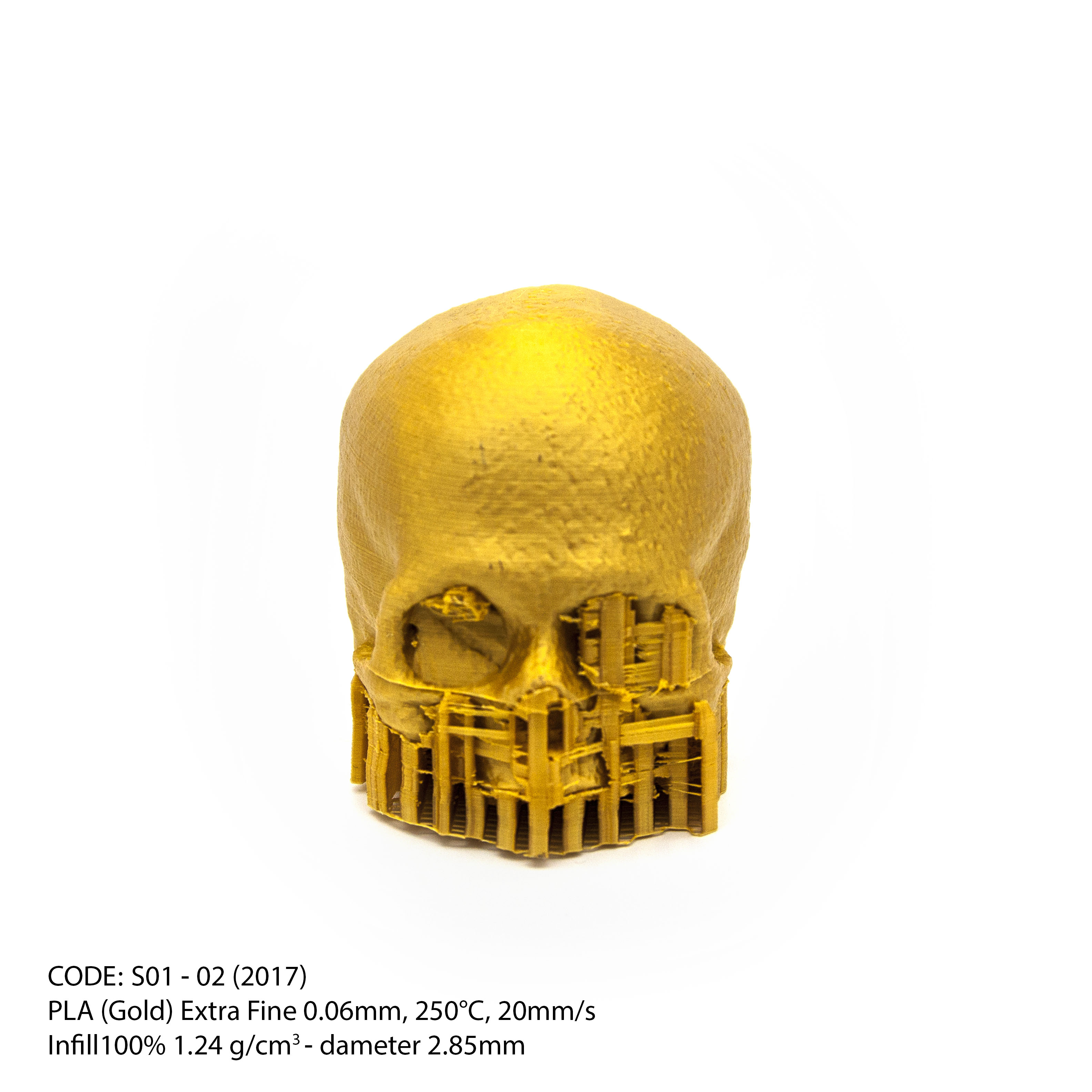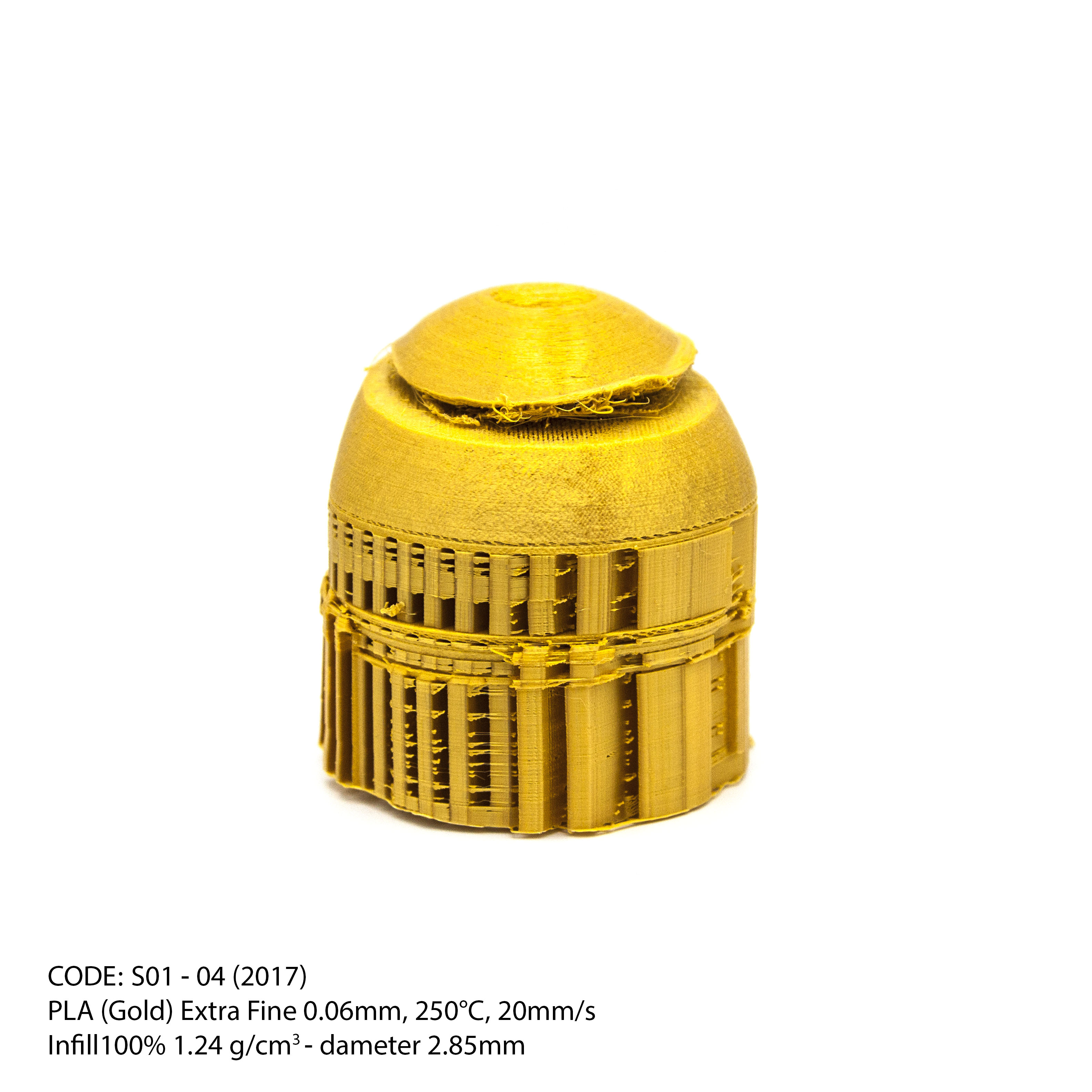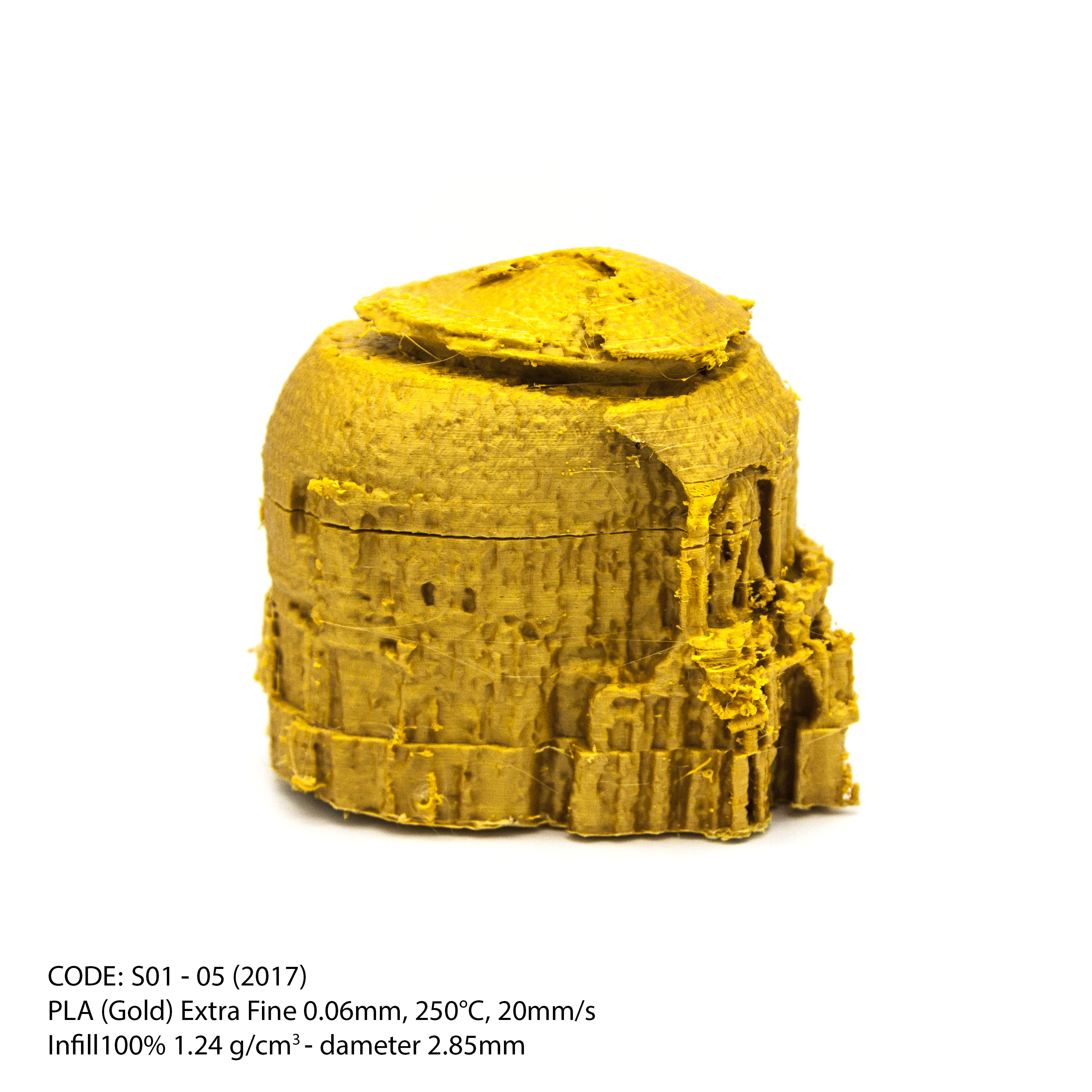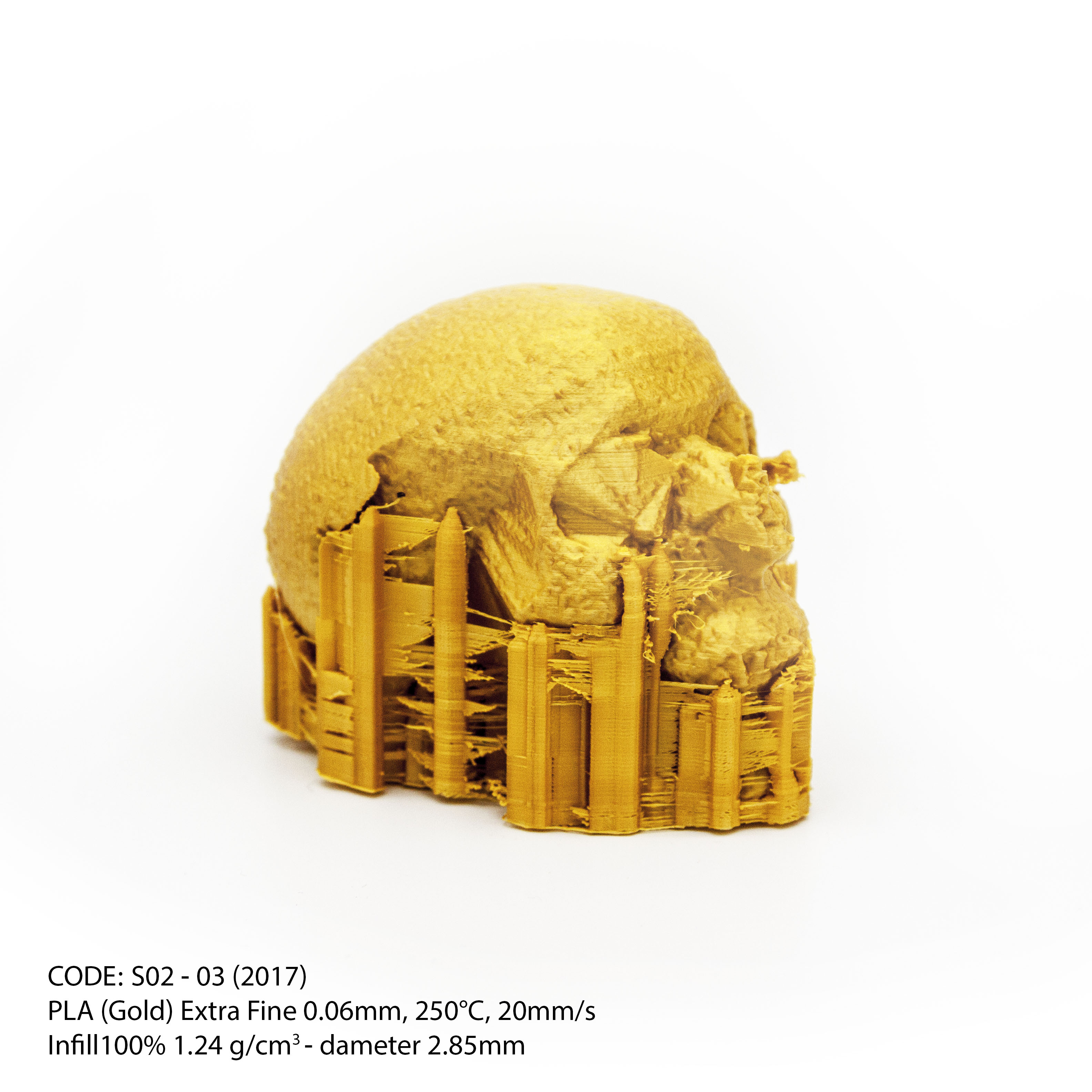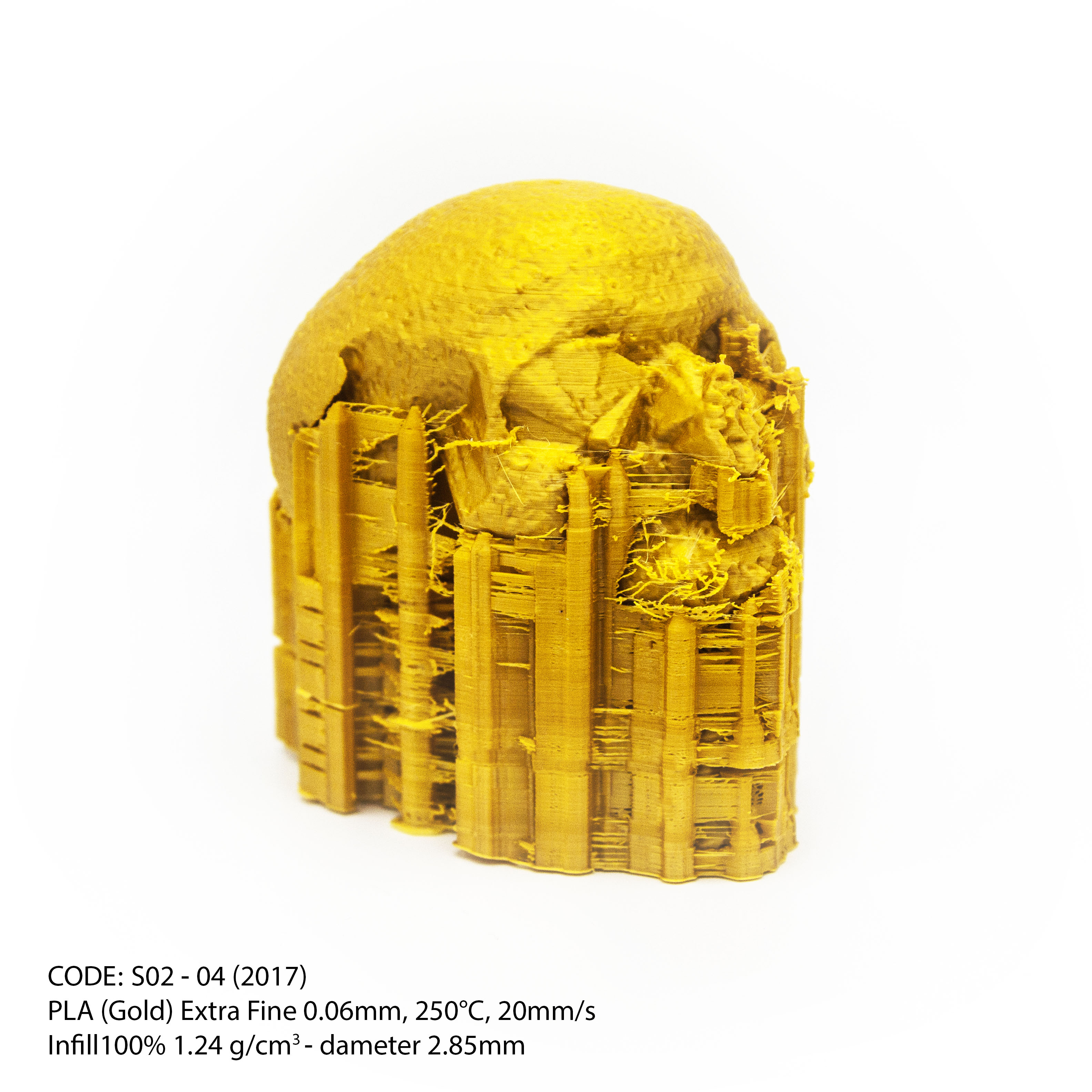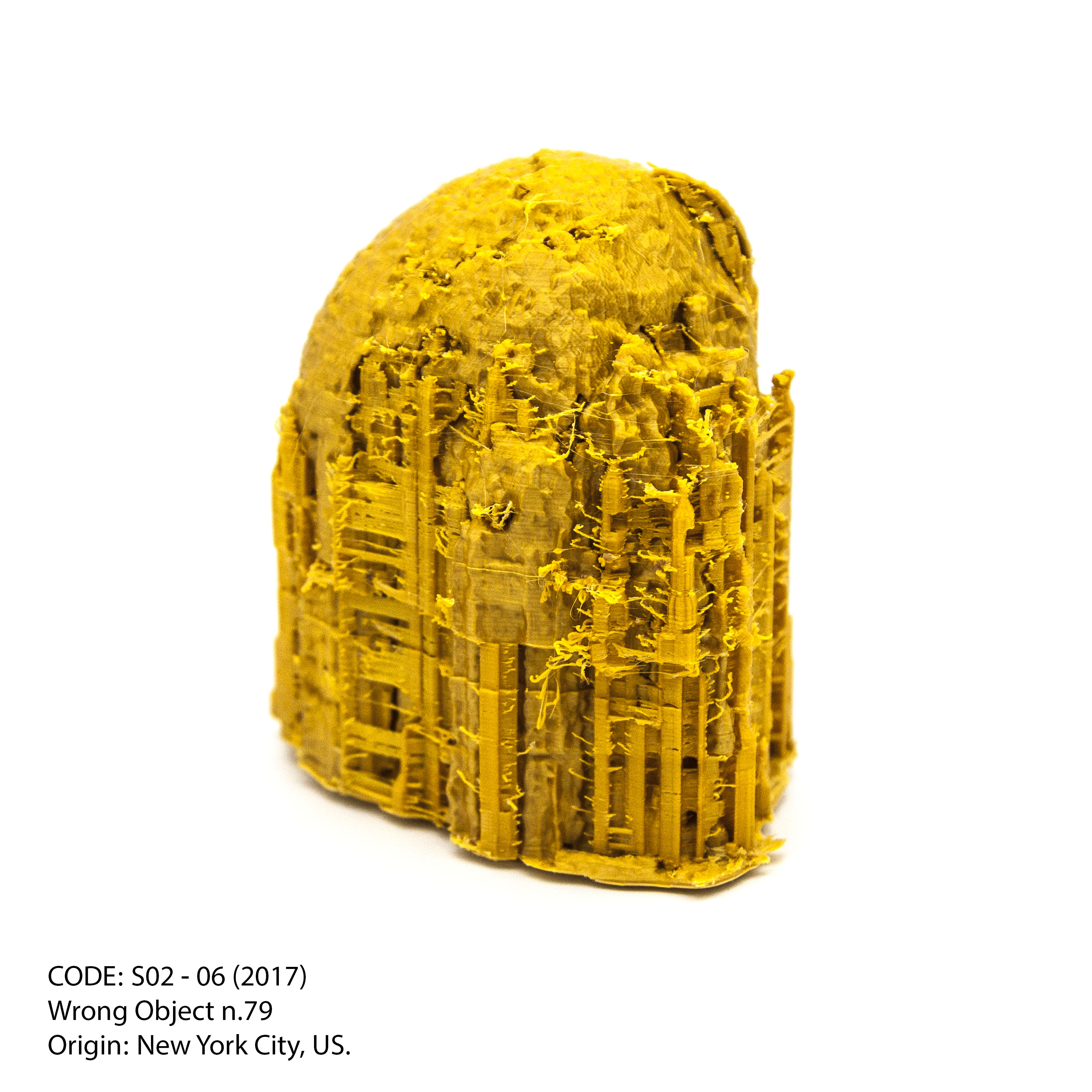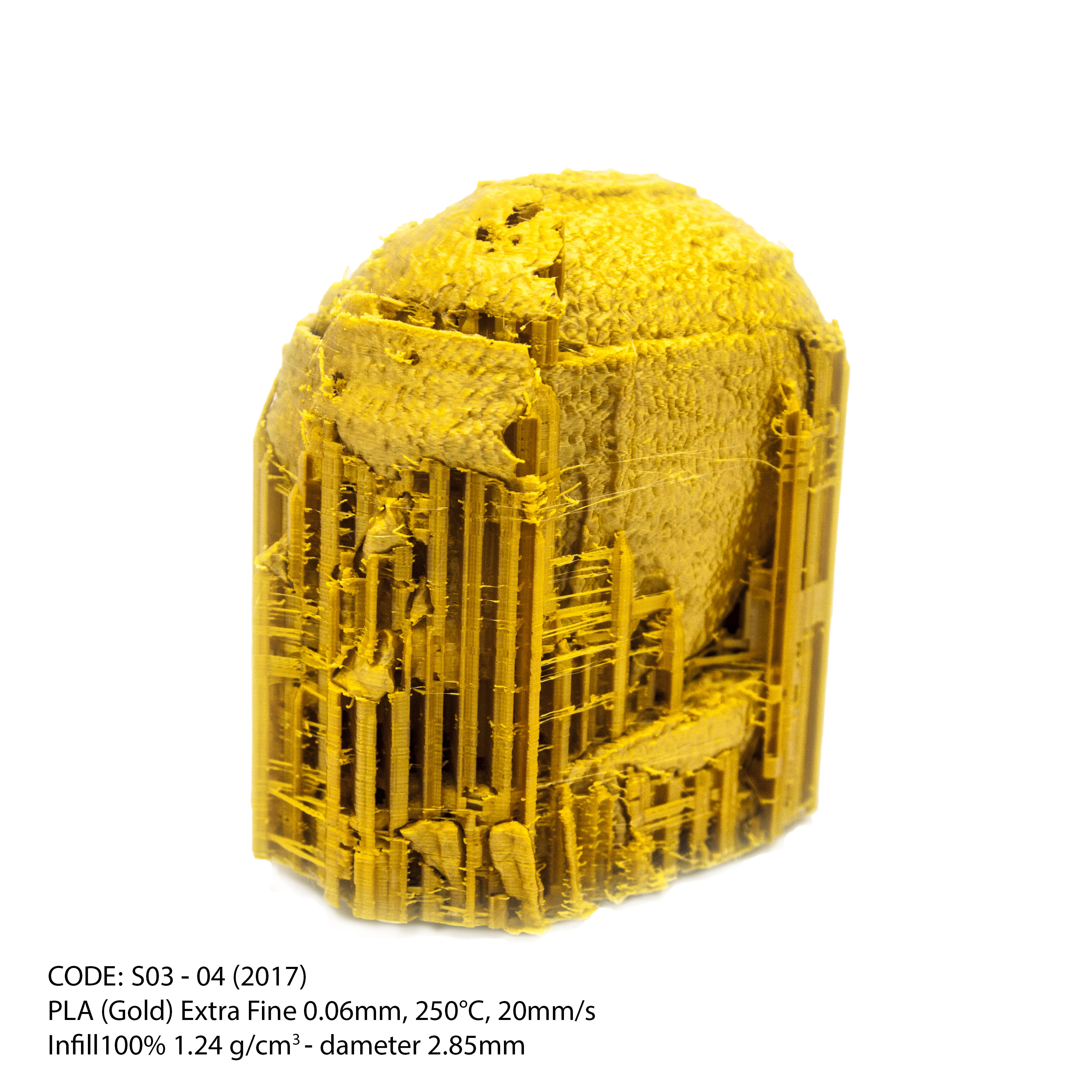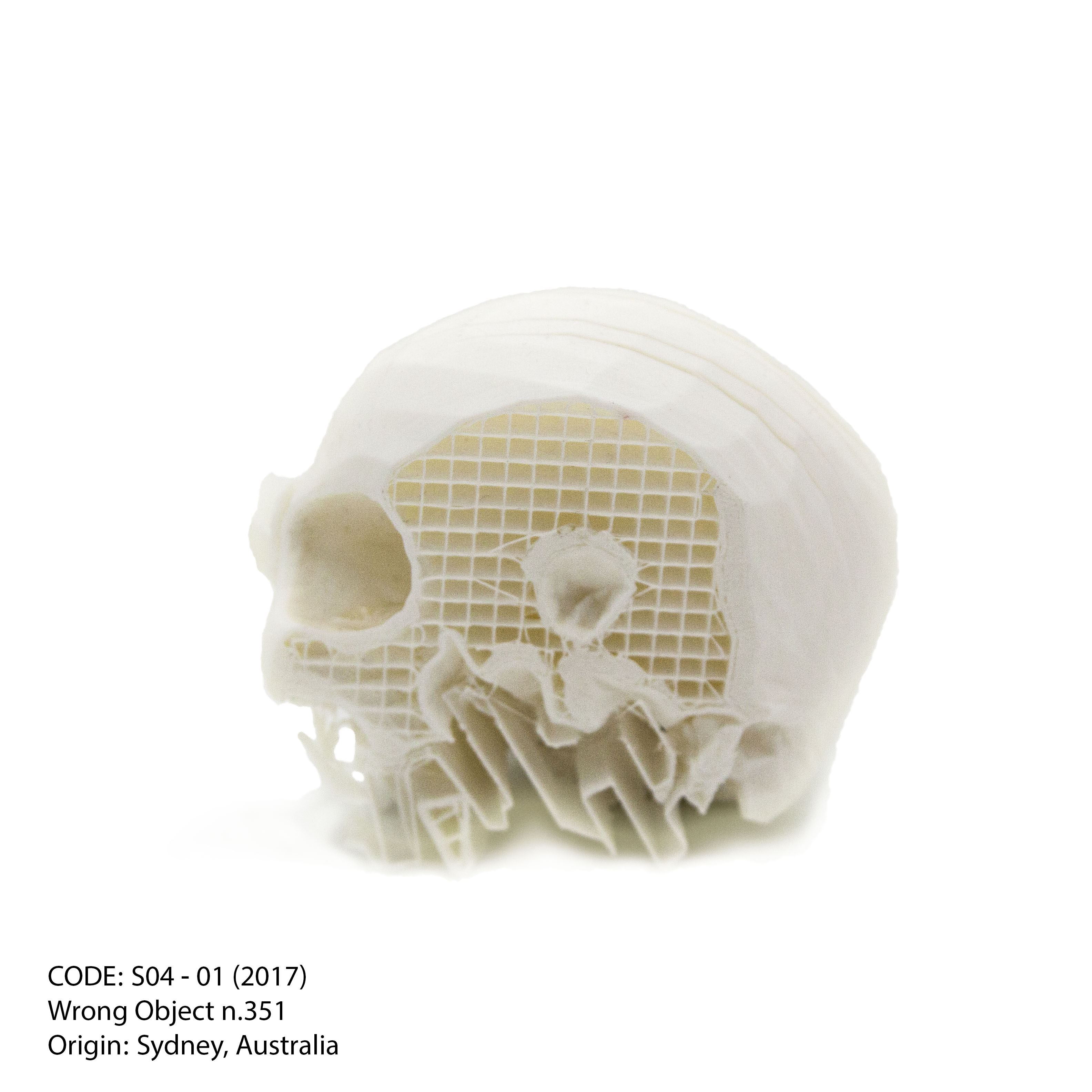THE OTHER SHAPE OF THINGS | 1. Failed Objects • 2. Datamorphosis • 3. AAS47692
THE OTHER SHAPE OF THINGS – 1. Failed Objects, 2017-ongoing. Groups of sculptures in PLA and ABS plastic produced with 3D scanners and 3D printers starting from a found object.
Failed Objects is the first of two ongoing sculptural projects, entitled THE OTHER SHAPE OF THINGS, produced through heterogeneous technologies and techniques, including 3D scanners, data manipulation and 3D printing. Failed Objects consists of a process-based and ongoing series of sculptures. The starting point of this work is a collection of hundreds of ‘failed objects’: 3D prints that I collected before they were destroyed by 3D printing labs all over the world. These objects were considered ‘failed’ for different reasons: some had not been properly printed and most had distortions, imperfections, and glitches of various kinds.
Each found object I collected was first digitalized using a 3D scanner, then reprinted using a 3D printer in order to create a second object. This second object was then scanned, and reprinted, creating a third object. After each step, the mediation and translation from digital to physical and from 3D scanner to 3D printer produced further unpredictable glitches and distortions – which in turn constituted new physical artifacts. I’ve reproduced each found object until satisfied with the series of objects derived from it. The result of each process of mediations, translations and reproductions constitutes one series of sculptures.
INSTALLATION VIEW AT GALLLERIAPIÙ
DETAILS
PRODUCTION PROCESS:

- Contact 3D-printing Labs and ask for “wrong/failed” 3d-printed objects.
- Acquire their “wrong objects” before they are destroyed and have them shipped to my studio.
- Create a physical archive, organizing each object according to its shape, color, typology and technical imperfections.
- Select a particularly interesting object in order to begin the first series of sculptures (for example, my first four series started from four “failed skulls”).
- Use the 3D scanner (David SLS 3D Scanner) at the Harvard Graduate School of Design Fabrication Lab to acquire a digital model of the selected “wrong object.”
- RESULTS: the digitized model produced by the 3D scanner will present new unpredictable glitches and distortions.
- Use a 3D printer (I used a Monoprice MP Select Mini paired to the Ultimaker CURA software) to print the digital model acquired through the 3D scanner.
- RESULTS: the newly printed object will present more unpredictable glitches and distortions. Some glitches will correspond to criticalities already present in the digital file (such as surface gaps generated by a failure of the 3d scanner to read a particularly complex surface), others will correspond to the impossibility for the 3D printer to replicate some of the features of the printing file (for example floating structures), others will result from unpredictable behaviours of the 3D printer itself (under-extrusion and over-extrusion of filaments, stringing and oozing, overheating, layer shifting, layer separation and splitting, gaps, warps and scars on surface, etc.).
- Take the new 3D-printed object back to the 3D scanner and restart the process from point 5.
- Continue to replicate each new 3D-printed object until satisfied with the resulting series.
- Once a new series is completed restart the process from point 4.
EXHIBITIONS
- (Solo Exhibition) Art Rotterdam. 2019. New Art, GALLLERIAPIÙ, Rotterdam, Netherlands
- (Double Solo Exhibition) Artissima 2018, New Entries: GALLLERIAPIÙ, Turin, Italy
- (2017 – Solo Exhibition) RE-CAPTURE: Room(s) for Imperfection, GALLLERIAPIÙ (part of THE WRONG – New Digital Art Biennale), curated by Federica Patti, Bologna, Italy
(Selected) BIBLIOGRAPHY:

[SOLO EXHIBITION REVIEW]
Juliet Art Magazine
“Emilio Vavarella: RE-CAPTURE: Room(s) for Imperfection”
2017 (ita-eng).
[SOURCE (ITA) | SOURCE (ENG) | ARCHIVED]
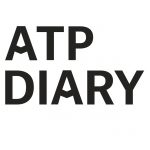
[INTERVIEW]
ATP Diary
“Nuove ipotesi di realtà. Intervista con Emilio Vavarella (New hypotheses of reality: interview with Emilio Vavarella)”
Interview by Elena Bordignon, January 2020. (ita-eng)

[INTERVIEW]
Objects.
“Glitch, quando l’errore diventa arte. Intervista a Emilio Vavarella”
Interview by Maria Chiara Wang, 2018. (ita)
[PDF | SOURCE | ARCHIVED]
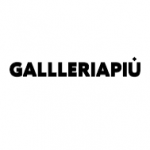
[CURATORIAL TEXT]
Curatorial text.
“RE-CAPTURE: Room(s) for Imperfection”
by Federica Patti, 2017 (ita-eng).

[WRITTEN CONTRIBUTION]
Low Form. Imaginaries and Visions in the Age of Artificial Intelligence
Vavarella, Emilio. “What is it like for a computer bot to be a computer bot?” and “Visual Essay”
Catalogue of exhibition at MAXXI – Museo nazionale delle arti del XXI secolo, CURA Editions, 2018 (ita-eng).

[EXHIBITION REVIEW]
Wall Street International Magazine.
“Re-Capture. Room (s) for Imperfection. Solo show di Emilio Vavarella”
2017 (ita).

[SOLO EXHIBITION REVIEW]
Artribune
“Errori e tecnologia: Emilio Vavarella a Bologna”
2017. (ita)
[SOURCE]

[INTERVIEW]
ATP DIARY
“Intervista con Emilio Vavarella”
By Irene Angenica, 2017 (ita)

[SOLO EXHIBITION REVIEW]
Exibart
“Emilio Vavarella, Re-Capture- Room(s) For Imperfection”
2017 (ita).
[PDF]

[CURATORIAL TEXT]
Curatorial text.
“RE-CAPTURE: Room(s) for Imperfection”
by Federica Patti, 2017 (ita-eng).
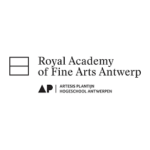
[MA THESIS]
“The influence of digital and robotic techniques on sculpture.” (Tentative title)
MA Thesis by Bram Rinkel, advisor: Ria de Boodt).
Royal Academy of Fine Arts, Antwerp, Belgium, 2018 (eng)

[INTERVIEW / BOOK]
Metafotografia, Vol.2. Le mutazioni delle immagini
“Intervista 25: Emilio Vavarella”
Edited by Mauro Zanchi and Sara Benaglia (eds.) Skinnerbox, Jesi (Italy), 2020, pp. 112-117. (ita-eng).
[MY CONTRIBUTION]
Sculpture Network
“Sculpting Beyond Sculpture”
July 2021. (eng)
[SOURCE | ARCHIVED | PROJECT (1) | PROJECT (2) | PROJECT (3) | PROJECT (4)]
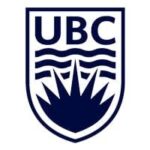
[MFA THESIS]
University of British Columbia
“The symbolic potential of form, material, and objects” by Rylan Broadbent, Thesis in Visual Arts, Advisor: Aleksandra Dulic, University of British Columbia, Canda, 2022. (eng)
[PROJECT]

[MA THESIS]
NABA – Nuova Accademia di Belle Arti
“Emilio Vavarella: Esseri Umani, Tecnologia e Memoria”
by Amico, Chiara. Missing the Signal. MA Thesis in Fashion and Textile Design. NABA: Nuova Accademia di Belle Arti, Advisor: Andrea Cammarosano, 2023, pp-122-142. (ita)
[PDF]

[EXHIBITION CATALOG]
CYFEST 13 International Media Art Festival
Cyland Foundation, St. Petersburg, Russia, pp, 52, 124. (rus – eng)

[INTERVIEW]
The Parkview Museum
“Emilio Vavarella: On the Unpredictability of Technology”
in Bio Art (ed. by Camilla Latini, Maurice Xu and Xiadi Sun). Published by the Parkview Museum Beijing – Singapore, 2023. (chi-eng)
+ SPECIAL THANKS:
- Developed with the support of a Critical Media Practice Mellon Grant from the Film Study Center at Harvard University and additional support from GALLLERIAPIÙ.
- 3D-scanning support was offered by Rachel Stefania Vroman, Noam Saragosti, Christopher Hansen, James David Moffet III, Sejung Song, and Anthony Natale at the Harvard GSD Fabrication Lab.
- Special thanks to the following individuals and 3D-Printing Labs: 3D Transformations, 3DME, Alex Myers, Amor Danato, Andrew DeGonge, Andy Perkins, Armature Nine, Ben’s Hub, Blown454, Brian Minie, Brian’s Hub, Burak Bingollu (Mappleseed), Chris Digiacomo (Digi-Akimo), Corey Dollar, Dennis Harroun (Mana Digital), Devin Brown, Edison DDDesign, Emmanuel Giloz, Empirical Innovation, Fred Kahl Freidini, FROST, Jacob Blumberg, Jeremie François, JMO Technology, Joe Rizo, Joe Szilvagyi, Jon Cobnut, Josh Bernstein’s Hub, Juan Navarro, LePhilip, Makei, MakeLab NYC, Matt’s Hub, Matteo Forgione (Forgione Engineering, Inc.), Michael Weibel, MONO’s Hub, Newton Library (Masachussets), Openly, Paul Pape Designs, Peter Tolmie, PLV Concept’s Hub, PLV Hub, Ryan Clark, Sam Froud, Scott Janousek, Shannon Klappstein, Solution Nexus Hub, Stephen Somers, Todd Schlemers, Uni-t, Viriya, Voodoo Manufacturing, Voxel8, Z3D and Zack Dowell.
- Exhibition shots by Stefano Maniero.











